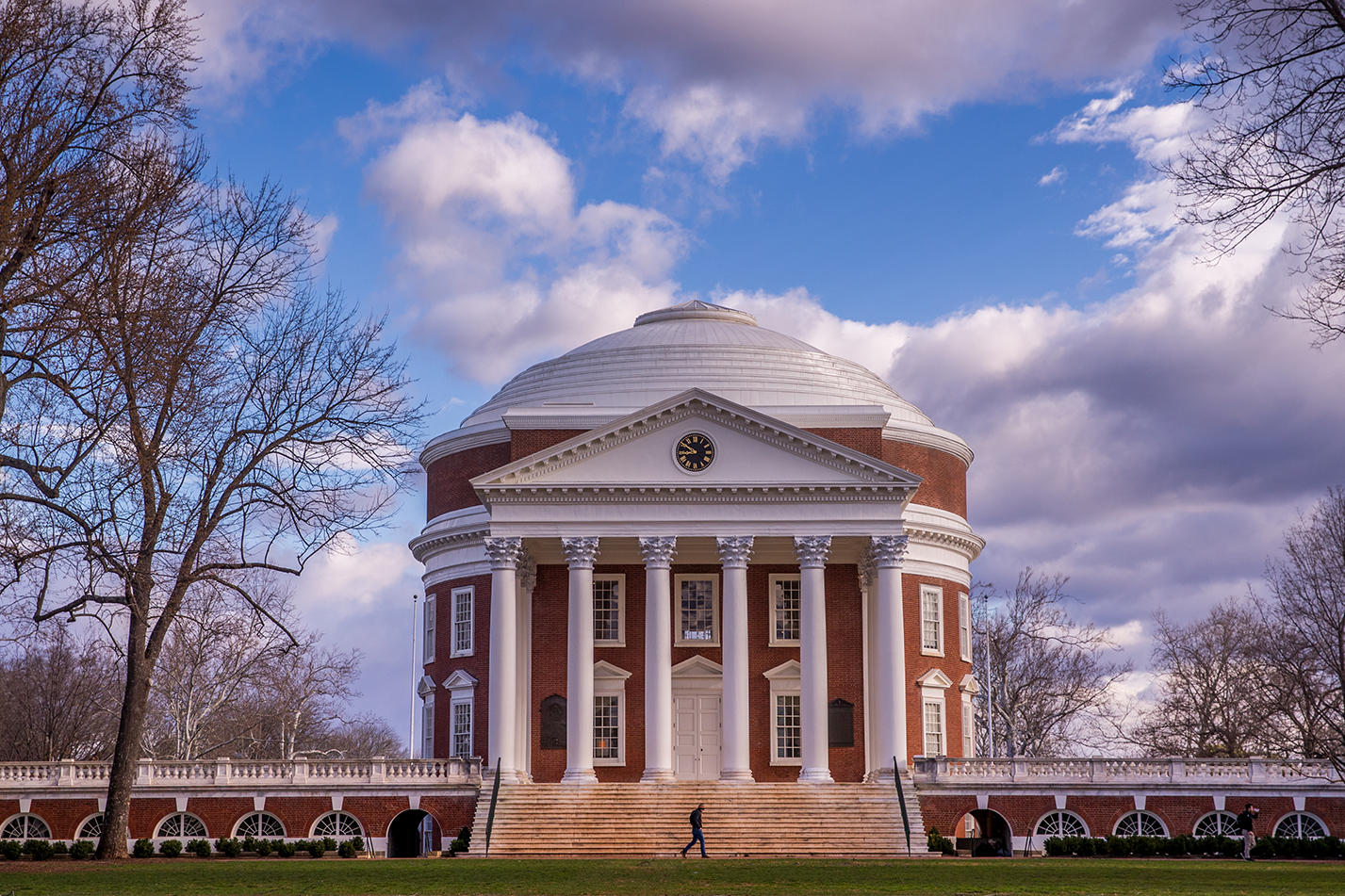
Instructor:
*Note: Since this class satifies both EGMT 1520 (Differences) and EGMT 1540 (Ethics), students must enroll in both Fall Session 1 and Fall Session 2 quarters.
In 2017, the University of Virginia reported an operating budget of almost $3.2 billion, assets of $11.2 billion, and liabilities of more than $7.8 billion. The university includes an athletics enterprise with 25 programs and $24 million in revenues and expenses; a police force with 67 officers; an investment company that manages resources from 25 tax-exempt foundations, each with its own board; ownership of numerous art, historical, and scholarly collections, including more than five million printed volumes; capital assets in the form of academic buildings, dorms, and a Unesco-recognized World Heritage Site; a top-ranked medical center with several affiliated health companies, more than 12,000 employees, and its own budget of almost $1.5 billion; a concert-and-events venue for everything from monster-truck rallies to the Rolling Stones; a recycling business; a mental-healthcare provider; and a transportation system with a fleet of buses and cars. UVa also educates around 16,000 undergraduates and 6,500 graduate and professional students each year. With so many different functions and purposes, what makes UVA a university? And how do all of these different activities relate to one another?
Using UVA as our primary example, this combined, 14-week Empirical and Ethical Engagement course considers how and why universities work. We will create, analyze, and interpret our own data sets, work in the University’s archives, and debate the goods and uses of the contemporary university.
